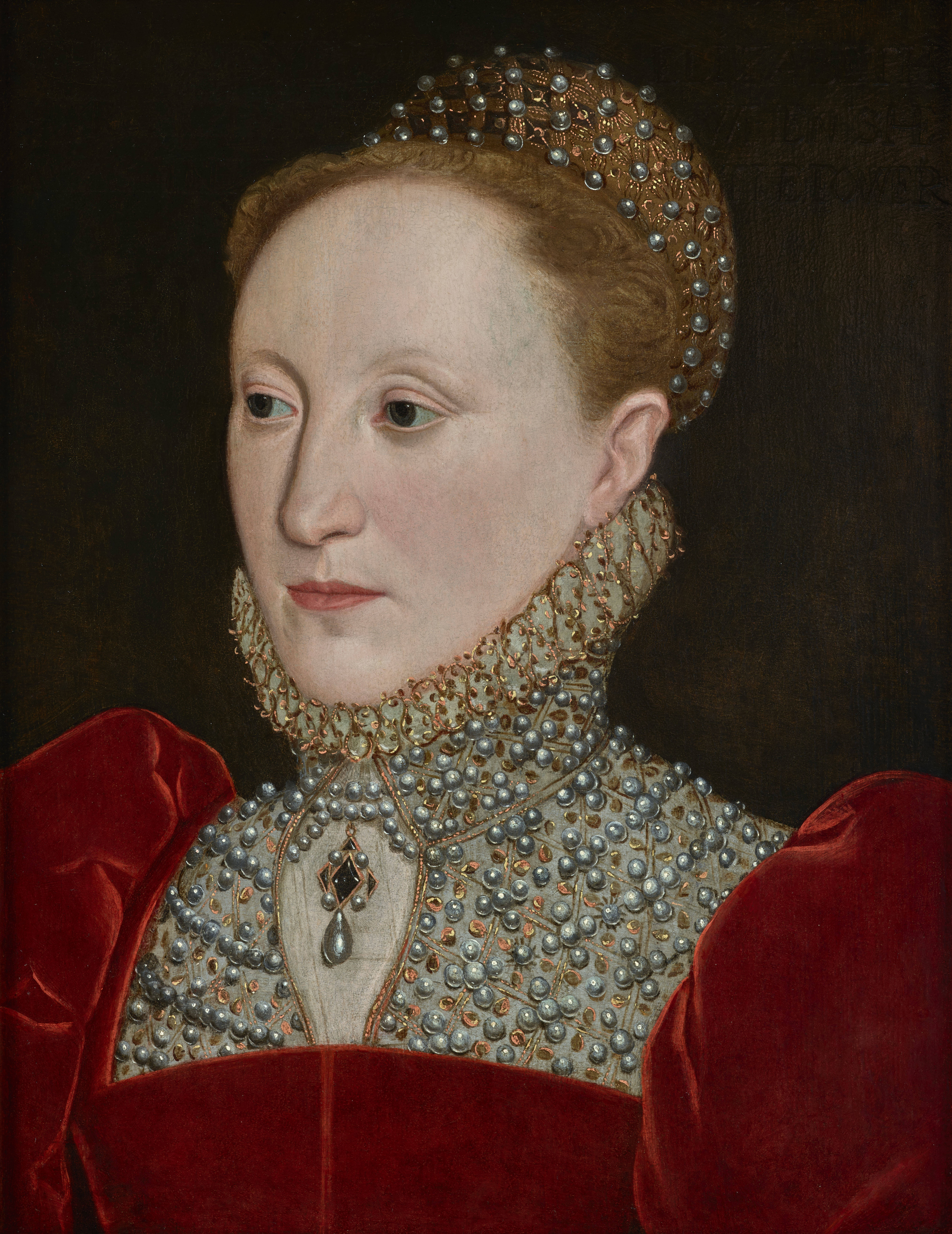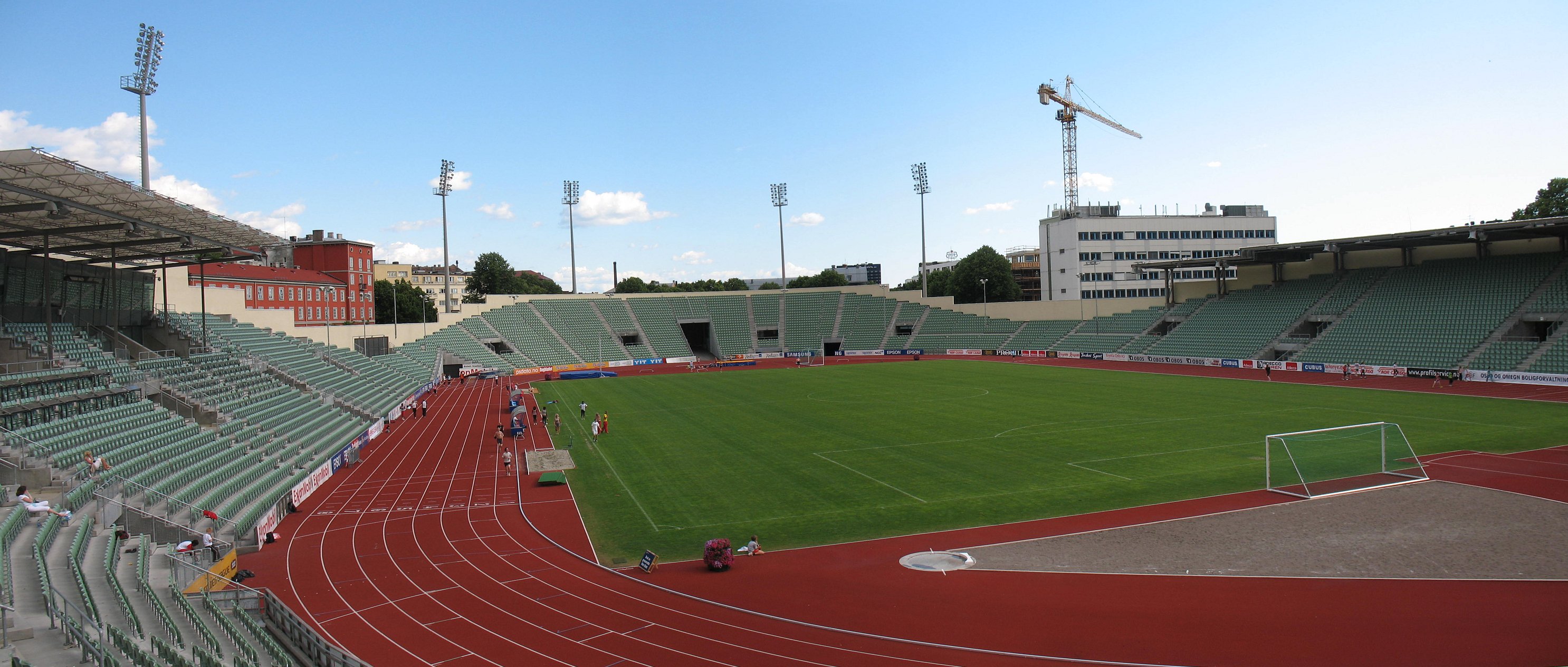|
St.Hanshaugen
St. Hanshaugen (Norwegian for St. John's Hill) is a borough of the city of Oslo, Norway. Area It has a triangular shape, with its northern border just north of the buildings of the Norwegian Broadcasting Corporation and Ullevål University Hospital, and south of the University of Oslo campus at Blindern. In the east, the boundary runs just west of the river Akerselva, then down Storgata before it turns north, up Grensen, Pilestredet and Suhms gate. The borough has its name from St. Hanshaugen Park that lies centrally within it, where the citizens used to celebrate summer solstice (''St. Hans'' in Norwegian). The park was planted by the city in the years 1876–86; it has a pavilion, and a reflecting pool covering a reservoir. The neighbourhood St. Hanshaugen is located west and south of the park, with shopping, eating and public transport where the streets Ullevålsveien and Waldemar Thranes gate meets. There is also the traditional restaurant Schrøder, known for o ... [...More Info...] [...Related Items...] OR: [Wikipedia] [Google] [Baidu] |
List Of Boroughs Of Oslo
The 15 boroughs of Oslo were created on 1 January 2004. They each have an elected local council with limited responsibilities. In addition is Marka (1610 residents), that is administered by several boroughs; and Sentrum (1471 residents, 1.8 km2) that is partially administered by St. Hanshaugen, and in part directly by the city council. As of 1 January 2020, Oslo had 693,494 residents, of which 2386 were not allocated to a borough. Former borough structure Borough structure 1973–88 From 1973 to 30 June 1988, Oslo had 40 boroughs. Some existed only on paper, since they were to be constituted only when the areas were built. * Borough 1: Ruseløkka, Skillebekk, Frogner * Borough 2: Homansbyen, Uranienborg, Majorstua, parts of Fagerborg * Borough 3: St. Hanshaugen, Gamle Aker, parts of Ila and Fagerborg * Borough 4: Marienlyst, Ullevål, Lindern, parts of Fagerborg * Borough 5: Bjølsen, Sagene, parts of Ila * Borough 6: Sandaker, Åsen, Torshov * Borough 7: ... [...More Info...] [...Related Items...] OR: [Wikipedia] [Google] [Baidu] |
Harry Hole
Harry Hole (the surname pronounced as "HOO-leh"), whose name translates to "Harry Hill" in English and is also called "Harry Holy" by allies in the Australian police force,'' The Bat'' by James Nesbø, first novel of the Harry Hole series. Originally released under the title ''Flaggermusmannen'' by publisher Aschehoug (1997). Later translated to English for US and UK markets under the title ''The Bat'' (2012). is the main character in a series of crime novels written by Norwegian author Jo Nesbø. The name is derived from Old Norse ''Hólar'', the plural form of ''hóll'', meaning "round and isolated hill." Harry's surname is also the name of a historic Norwegian town (Hole, Norway) with a heritage that goes back to the Viking Age. In his stories, Hole is a brilliant, introverted, and obsessively driven detective. He has few friends and often clashes with colleagues, but his work and skill are so widely known and respected that he is considered a specialist, leading him to someti ... [...More Info...] [...Related Items...] OR: [Wikipedia] [Google] [Baidu] |
Denmark
) , song = ( en, "King Christian stood by the lofty mast") , song_type = National and royal anthem , image_map = EU-Denmark.svg , map_caption = , subdivision_type = Sovereign state , subdivision_name = Danish Realm, Kingdom of Denmark , established_title = History of Denmark#Middle ages, Consolidation , established_date = 8th century , established_title2 = Christianization , established_date2 = 965 , established_title3 = , established_date3 = 5 June 1849 , established_title4 = Faroese home rule , established_date4 = 24 March 1948 , established_title5 = European Economic Community, EEC 1973 enlargement of the European Communities, accession , established_date5 = 1 January 1973 , established_title6 = Greenlandic home rule , established_date6 = 1 May 1979 , official_languages = Danish language, Danish , languages_type = Regional languages , languages_sub = yes , languages = German language, GermanGerman is recognised as a protected minority language in t ... [...More Info...] [...Related Items...] OR: [Wikipedia] [Google] [Baidu] |
Sweden
Sweden, formally the Kingdom of Sweden,The United Nations Group of Experts on Geographical Names states that the country's formal name is the Kingdom of SwedenUNGEGN World Geographical Names, Sweden./ref> is a Nordic country located on the Scandinavian Peninsula in Northern Europe. It borders Norway to the west and north, Finland to the east, and is connected to Denmark in the southwest by a bridgetunnel across the Öresund. At , Sweden is the largest Nordic country, the third-largest country in the European Union, and the fifth-largest country in Europe. The capital and largest city is Stockholm. Sweden has a total population of 10.5 million, and a low population density of , with around 87% of Swedes residing in urban areas in the central and southern half of the country. Sweden has a nature dominated by forests and a large amount of lakes, including some of the largest in Europe. Many long rivers run from the Scandes range through the landscape, primarily ... [...More Info...] [...Related Items...] OR: [Wikipedia] [Google] [Baidu] |
Labour Movement
The labour movement or labor movement consists of two main wings: the trade union movement (British English) or labor union movement (American English) on the one hand, and the political labour movement on the other. * The trade union movement (trade unionism) consists of the collective organisation of working people developed to represent and campaign for better working conditions and treatment from their employers and, by the implementation of labour and employment laws, from their governments. The standard unit of organisation is the trade union. * The political labour movement in many countries includes a political party that represents the interests of employees, often known as a " labour party" or " workers' party". Many individuals and political groups otherwise considered to represent ruling classes may be part of, and active in, the labour movement. The labour movement developed as a response to the industrial capitalism of the late 18th and early 19th centuries, at a ... [...More Info...] [...Related Items...] OR: [Wikipedia] [Google] [Baidu] |
Youngstorget
Youngstorget ( en, Young’s Square) is a square and public space located in downtown Oslo. It lies at the junction of the streets Storgata and Møllergata and alongside Torggata. Constructed in 1846, it has become a symbol of political power in Norway. Etymology Although colloquially called Youngstorget by the public, the square was officially named Nytorvet ("New Square") in 1852, which was its official name until 1951, when the city council voted to change the name to Youngstorget. It is named after politician and financier Jørgen Young (1784–1837) who owned most of the adjacent area. A former member of the ''Storting'', by the time of his death, Young was the wealthiest man in the city. Features Due to its close proximity to the Government quarter the area around the square includes the headquarters of many political organizations. Because of this it is considered to be the center of political power in Norway. Surrounding the square lies amongst others the head office ... [...More Info...] [...Related Items...] OR: [Wikipedia] [Google] [Baidu] |
Nordre Gravlund
Nordre Gravlund is a cemetery located between Ullevål University Hospital and the district of Sagene in Oslo, Norway. History The cemetery was first established on the site in 1884. The cemetery has been expanding several times and now has an area of 16 hectares. There is a smaller chapel at the main entrance. Near the chapel is a memorial (''NKP Minnesbauta'') dedicated to the 23 members of the central committee of the Norwegian Communist Party who were killed during World War II. It was designed by sculptor Odd Hilt. The grave site for members of the Martinsen family contains the sculpture "Peace" (''Fred'') by sculptor Lars Utne. Notable burials * Osmund Brønnum * Cathinka Guldberg * Anne Holsen * Ivar Jørgensen * Halvdan Koht * Paul Koht * Jolly Kramer-Johansen * Arne Lie * Martin Mehren * Rudolf Nilsen * Sølvi Wang References External links Arc! article – article in Friheten ''Friheten'' ( en, italic=yes, Freedom) is a Norwegian language biweekly newspap ... [...More Info...] [...Related Items...] OR: [Wikipedia] [Google] [Baidu] |
1952 Winter Olympics
The 1952 Winter Olympics, officially known as the VI Olympic Winter Games ( no, De 6. olympiske vinterleker; nn, Dei 6. olympiske vinterleikane) and commonly known as Oslo 1952, was a winter multi-sport event held from 14 to 25 February 1952 in Oslo, the capital of Norway. Discussions about Oslo hosting the Winter Olympic Games began as early as 1935; the city was keen to host the 1948 Winter Olympics, but that was made impossible by World War II. Instead, Oslo won the right to host the 1952 Games in a contest that included Cortina d'Ampezzo in Italy and Lake Placid in the United States. All of the Olympic venues were in Oslo's metropolitan area, except for the alpine skiing events, which were held at Norefjell, from the capital. A new hotel was built for the press and dignitaries, along with three dormitories to house athletes and coaches, creating the first modern athlete's village. Oslo bore the financial burden of hosting the Games in return for the revenue they gen ... [...More Info...] [...Related Items...] OR: [Wikipedia] [Google] [Baidu] |
Bislett Stadion
Bislett Stadium ( no, Bislett stadion) is a sports stadium in Oslo, Norway. Bislett is Norway's most well known sports arena internationally, with 15 speed skating world records and more than 50 track and field world records having been set here. The original stadium was demolished in 2004 and construction of a new stadium was completed by the summer of 2005. The New Bislett Stadium was designed by C.F. Møller Architects. History Bislett Stadium lies on the site of a 19th-century brick works, which was bought by the Municipality of Kristiania (Oslo) in 1898, and turned into a sports field in 1908. The merchant, speed skater, gymnast and sports organizer Martinus Lørdahl was instrumental in facilitating the construction of the first bleachers, begun in 1917 and completed in 1922 along with the new club house. One of the squares outside the stadium is named Martinus Lørdahl's Square, in his honour. Bislett became Norway's main arena for speed skating and track and field in 1 ... [...More Info...] [...Related Items...] OR: [Wikipedia] [Google] [Baidu] |
Napoleonic Wars
The Napoleonic Wars (1803–1815) were a series of major global conflicts pitting the French Empire and its allies, led by Napoleon I, against a fluctuating array of European states formed into various coalitions. It produced a period of French domination over most of continental Europe. The wars stemmed from the unresolved disputes associated with the French Revolution and the French Revolutionary Wars consisting of the War of the First Coalition (1792–1797) and the War of the Second Coalition (1798–1802). The Napoleonic Wars are often described as five conflicts, each termed after the coalition that fought Napoleon: the Third Coalition (1803–1806), the Fourth (1806–1807), the Fifth (1809), the Sixth (1813–1814), and the Seventh (1815) plus the Peninsular War (1807–1814) and the French invasion of Russia (1812). Napoleon, upon ascending to First Consul of France in 1799, had inherited a republic in chaos; he subsequently created a state with stable financ ... [...More Info...] [...Related Items...] OR: [Wikipedia] [Google] [Baidu] |



